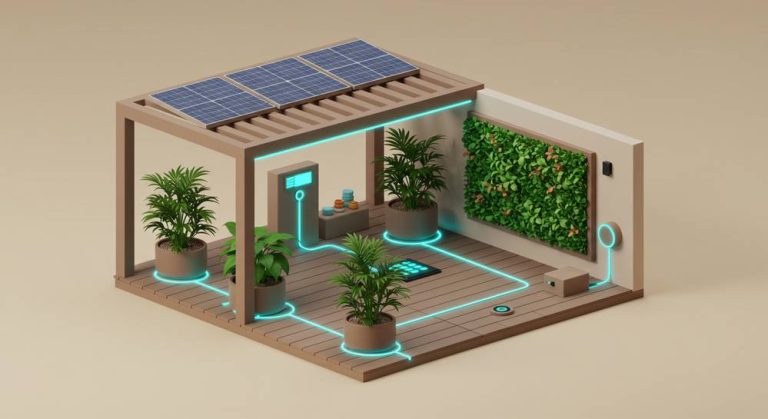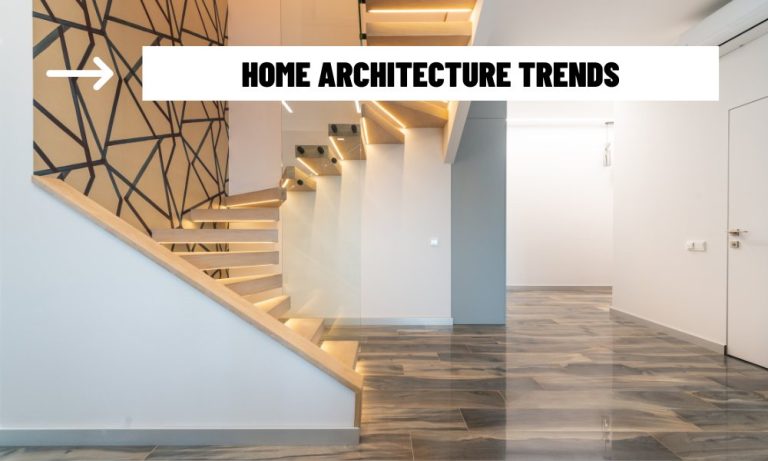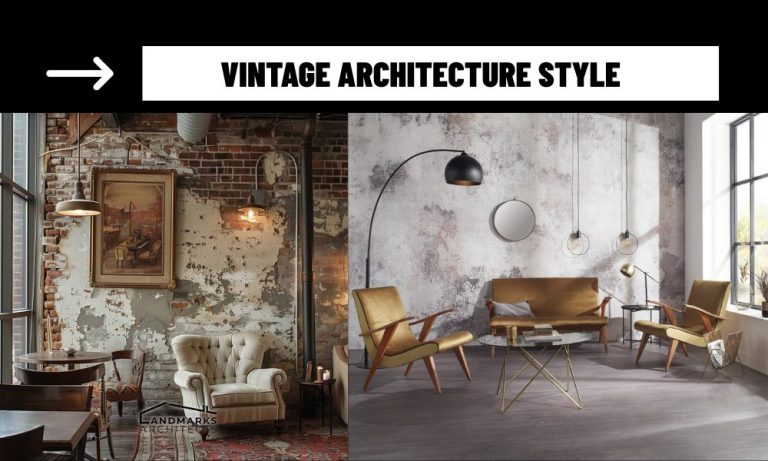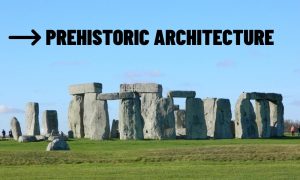Neoclassical architecture is known for its symmetry, columns, and grand presence — but it’s far from outdated. Today, it’s experiencing a resurgence, especially in smart home design. This article explores how this classical architectural style is being adapted for modern living, integrating smart systems while preserving its stately charm and timeless sophistication.
The Enduring Appeal of Neoclassical Design
First emerging in the 18th century, Neoclassical architecture drew inspiration from ancient Greece and Rome. Its balanced proportions, grand entryways, and tall columns made it a favorite for civic buildings, museums, and stately homes. Even today, it symbolizes permanence, refinement, and cultural prestige.
Key elements include:
- Symmetrical façades
- Classical columns (Doric, Ionic, or Corinthian)
- Decorative cornices and moldings
- High ceilings and grand staircases
These features lend themselves to luxury — a quality that aligns perfectly with high-end smart home design.
Why Neoclassical Architecture Works with Smart Homes
At first glance, classical design might seem at odds with the sleek minimalism of tech-driven homes. However, the structure and spatial logic of Neoclassical architecture make it highly adaptable for smart features.
Some examples include:
- High ceilings and open spaces: Ideal for concealed HVAC systems, smart lighting, and acoustic optimization.
- Symmetry and layout: Makes it easier to install evenly distributed smart systems like climate zones or surround sound.
- Grand entry points: Perfect for smart locks, facial recognition systems, or app-based guest access.
- The grandeur of Neoclassical architecture becomes a canvas for subtle and seamless smart integration.

Blending Tradition with Technology: A Design Strategy
Smart technology doesn’t need to be visible. The trick to integrating smart features in classical homes is to hide complexity behind beauty.
Touch panels can be framed in wood or marble, blending in with traditional finishes.
Voice assistants can be installed in ornate lamp bases or classical columns.
Automated curtains can be programmed behind regal drapes, maintaining a period-appropriate appearance while offering remote control.
The result? A space that respects tradition while embracing the conveniences of modern life.
Case Study: A Smart Mansion in Neoclassical Style
Architectural firms across the U.S., Europe, and the Middle East are designing smart mansions that mirror Roman villas or 18th-century estates. These homes feature:
- Solar panels on flat, hidden roof sections
- AI-assisted energy management systems
- Integrated home theaters behind decorative wall panels
- App-controlled fountains, lighting, and security systems
This new wave of Neoclassical architecture demonstrates that classical design can be a forward-thinking choice — not just a nostalgic one.
Sustainability and Smart Classical Living
A surprising synergy exists between neoclassical structures and sustainability:
- Thick masonry walls (common in classical homes) naturally insulate, reducing energy demand.
- Tall windows and skylights provide daylighting, reducing the need for artificial light.
- Geothermal and solar energy systems can be installed without altering the façade.
When paired with smart sensors, these architectural features help create low-impact luxury homes — proving that Neoclassical architecture supports not only smart living but also green living.
Future-Proofing Classical Homes
Owners of neoclassical properties are investing in upgrades that make their homes “future-ready.” Popular additions include:
- Centralized smart home hubs
- AI-assisted environmental controls
- Smart irrigation for classical gardens
- Smart art lighting and preservation systems
By integrating emerging tech into traditional frameworks, homeowners create estates that respect history while embracing the future — the true essence of a well-balanced smart home.
Neoclassical architecture has always stood for timeless elegance, and now it’s proving its flexibility in the digital age. By merging classical beauty with smart technologies, architects and homeowners are crafting homes that are not only visually striking but also highly intelligent. In the age of smart living, the past and future don’t compete — they collaborate.
















